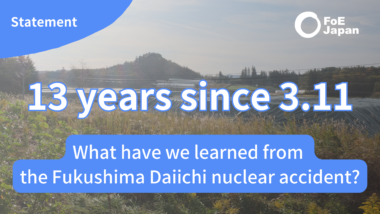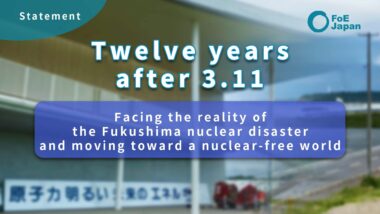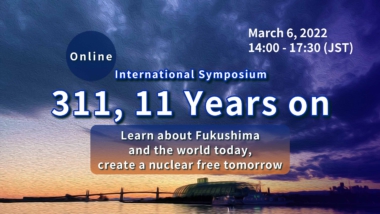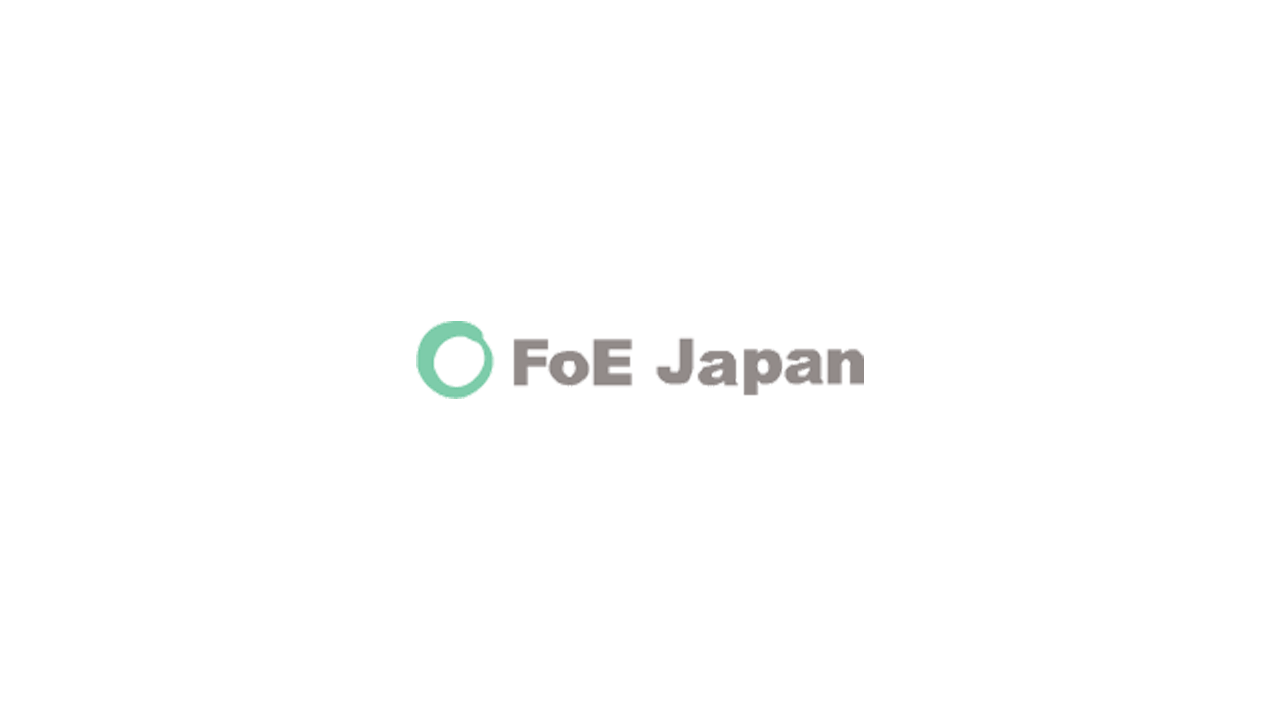Radiation Exposure
There are two types of radiation exposure: external exposure, and internal exposure to radiation from breathing, or from ingesting food or water containing radioactive materials.
A large amount of radioactive iodine was released in the aftermath of the Chernobyl nuclear power plant accident, resulting in an increase in childhood thyroid cancer. This is thought to be caused by internal exposure due to the accumulation of radioactive iodine in the thyroid gland, which entered the body through breathing and food. After the accident at the Fukushima Daiichi Nuclear Power Plant, there were concerns about internal exposure to radioactive iodine, but since radioactive iodine has a short half-life of only 8 days, and since the initial stage of exposure was not sufficiently measured, it remains unclear to what extent exposure occurred.
Radiation also exists in the natural world, and we are exposed to radiation every day from radioactive materials contained in space, the earth’s crust, and food. These natural radiations, as well as the radiation we are exposed to from medical treatment and nuclear accidents, can damage DNA, and cause cancer.
There are two types of health hazards caused by radiation: “acute damage,” which occurs when a person is exposed to a high dose of radiation at one time, and “late damage,” which occurs when a person is exposed to a low dose and causes cancer and other problems on a probability basis. There is no “threshold” below which exposure to radiation has no effect, and the risk of cancer increases as the cumulative dose increases, even at low doses.





